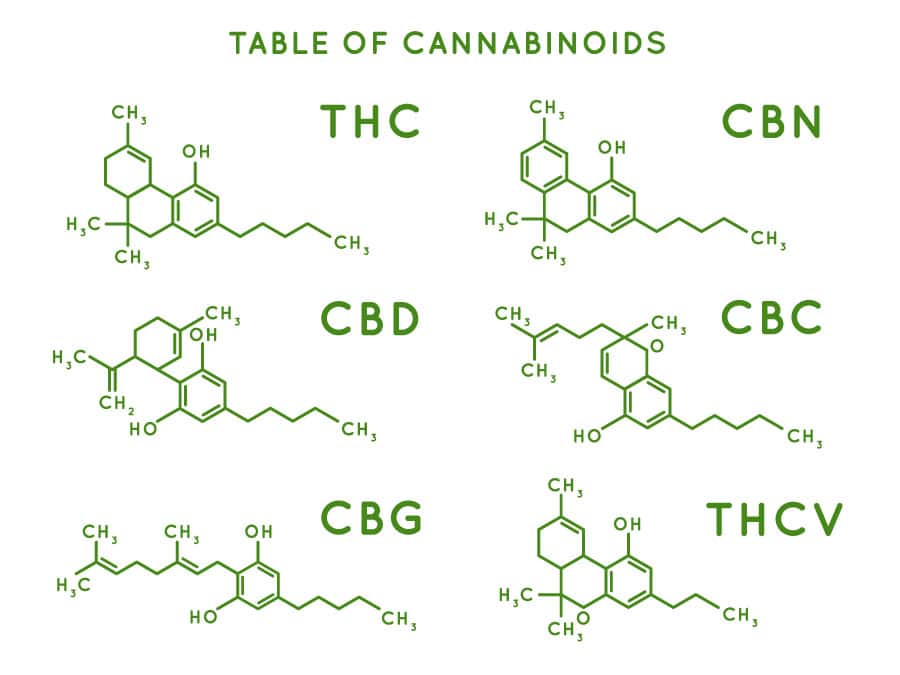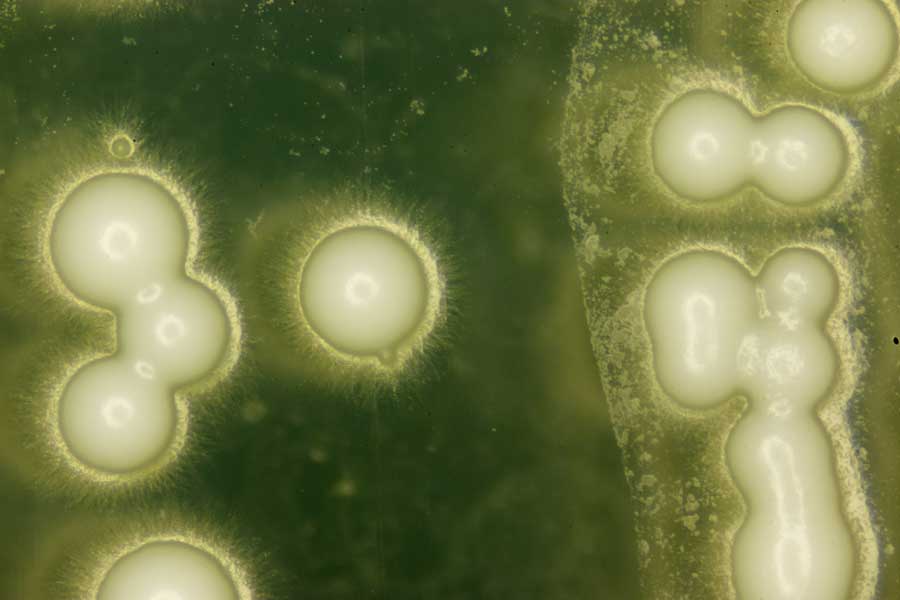Cannabinoids have been used by humans for millennia. All the while, the source has been plant-derived, (phytocannabinoids), as these have been the most accessible for consumption. However, with expanding research and access due to changing laws, alternate methods for creating cannabinoids have come to the forefront.
There are three major methods in which cannabinoids are created. Most of the cannabinoids produced for human uses are made by growing plants in the genus Cannabis, which through great efforts in agro-science now can be tailored to have specific ranges of cannabinoid content. There have also been many scientists who have taken the time to develop synthetic pathways for cannabinoids, which have been utilized in production, principally for pharmaceutical use. If interested in technical details on this, one of several articles can be found here. Recently there has also been research focused on using modified single-cell organisms to create a desired cannabinoid.
While it is not too likely that you will see synthetic or bio-synthetic cannabinoids on the shelves of your recreational dispensary soon, there is reason to believe these manufacturing methods will eventually have their place in the cannabinoid industry. It is well known that the quantification of cannabinoids is an essential part of industry both for regulatory purposes, for the connoisseur looking for very specific outcomes from consumption, and for specific pharma use. Therefore, standards for testing labs are needed and these pathways may prove to be more cost-effective for producing high purity substances.


(Image: yeast under a microscope)
Medical developments as cannabinoids are further studied may also push these production methods to the forefront. For example, strains have been developed in agriculture to create plants high in THC, CBD, and CBG, however, the pharmaceutical industry often demands repeatability which may be more likely from synthetic or bio-synthetic sources. Also, there may be limitations to what can be harnessed from plants. If cannabinoids that are only produced in fractions of a percent in a plant are found to be extremely important in medical treatments, the best method for production may be using a single-cell organism. Such biobased and fermentation means of production have been proven for a myriad of products in several industries, so one might argue that this was inevitable.
While consumers may stick with Phyto-based cannabinoids in the near term, there is a need to at least consider how these production methods may impact the cannabinoid industry.

